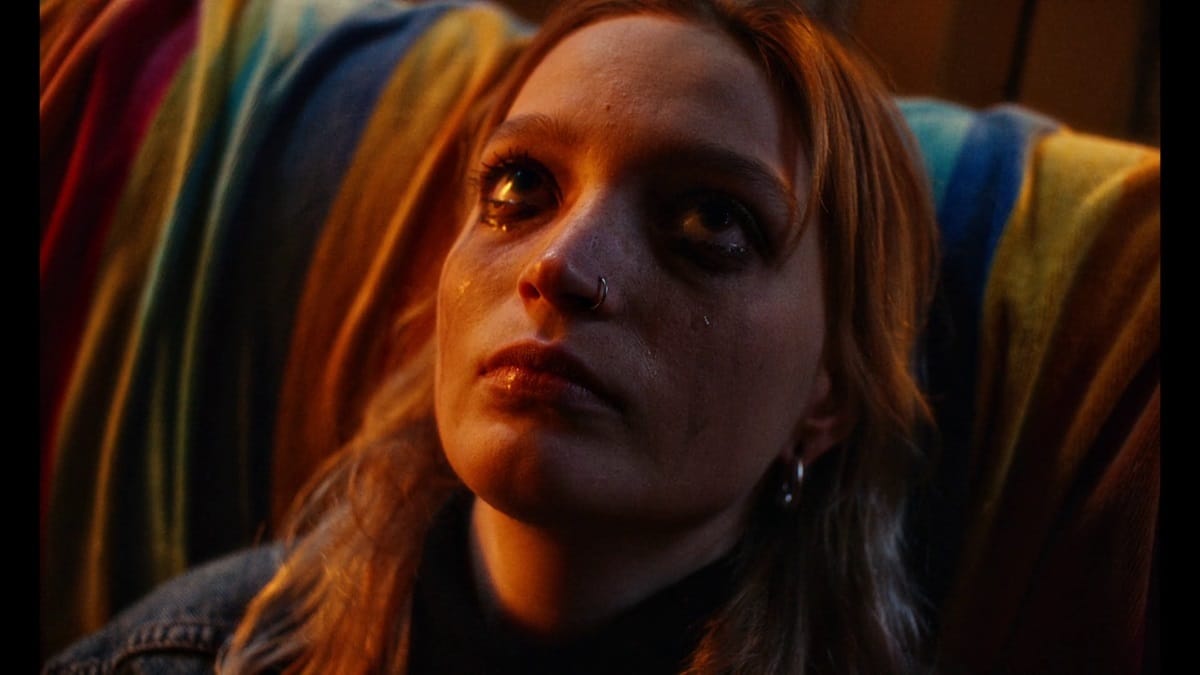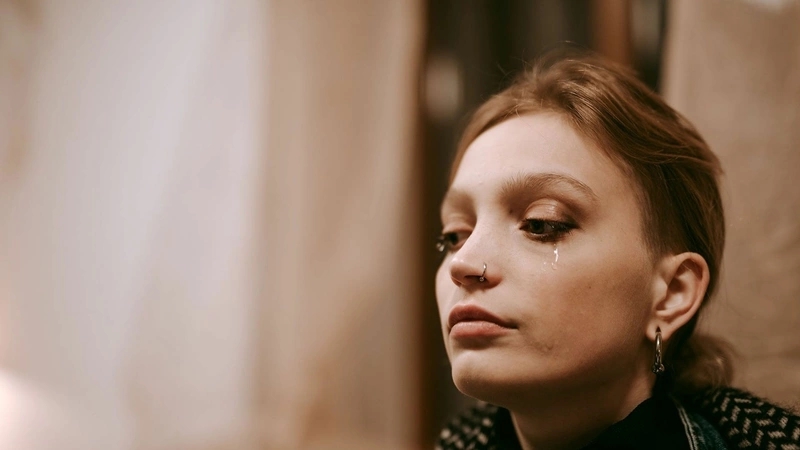Anna LOL
Anna may not feel anything, but any audience even half paying attention will. Anna LOL is a remarkable film, and it is one of the best Baltic films I have seen so far this year.

How to Have Sex was one of the most disturbing films of last year. Very little of that film has to do with consensual sexual encounters, and the title mistakenly promises sex positivity and self-discovery instead of the victim-blaming anti-sex moralism it delivers, even if this marketing gaffe can’t be put on the laps of the filmmakers. All the sex was harmful, a monstrous reality that the young woman must learn to live with. Though, this is a minority view. The filmmakers and their audience generally thought more of How to Have Sex.
Anna LOL, one of my most anticipated films from this year’s Tallinn Black Nights Film Festival (PÖFF), where it screened in the Baltic Competition, is the powerful and double-edged sexual awakening that many others saw in How to Have Sex. The Latvian film is directed by Ivar Tontegodevar and written by Marta Sofija Trence who adapted her own diaries from her final year of high school in 2018-19 and holds back nothing from that tragically difficult and sexy year. She may be a young writer but that doesn’t stop her from being a mature writer. A semi-closeted queer girl, Anna (Enija Selecka)’s girlfriend kills herself and the bottled-up emotions take Anna for a spin as she looks to drugs, alcohol, and sex to mend her love wounds.

She sees her young and departed love, Anastasia (Rasa Pavilona), everywhere she goes, her beauty transcendental in the way that Anna now sees its purity reflected in others. And this seems to happen in sex scenes more than anything else. The men she sleeps with (and the ones who assault and rape her), she imagines her former lover there instead — perhaps igniting sexual memories, more likely as the work of imaginative arousal. Always edited as one consistent sexual encounter, the two very different rendezvous contrast profound, respectful, sexy, and safe sexual experiences with disgusting, boring, meaningless, and downright dangerous sex (mostly but not exclusively with men). One of the edits powerfully puts beautiful and consensual sex side-by-side in the same cinematic breath as rape. The ghost of her love haunts her the way only a true lover can: imperishably. If this is any indication of the kind of career Tontegodevar will embark on, we will be blessed to witness it.
Anna badly wants to feel something. Her depression expresses itself chiefly in numbness. An enormous crevice exists between her lack of feeling and the deeply touching and vulnerable performance by Selecka, a performance that she communicates almost entirely in subtleties and through a resistance to giving into stronger tragic emotions (the “Hollywood” performance). In her quest to feel something profound, she finds herself in a BDSM club where even extreme physical sensations fail to spark something for her. The kinky sex isn’t slighted as a tool of oppression or a reflection of her desire to be deprecated as much as it is her throwing a blind dart looking for something to give her life meaning. She imagines Anastasia as a woman she sleeps with and sexually chokes. Her negative reaction to the experience seems to come more from a place of grief than any personal moralization of the breath play. She doesn’t stop choking her because she imagines choking Anastasia but because of the loss that thought inspires.
Presented in the slightly more narrow European widescreen and captured with handheld cameras, Tontegodevar lets us get close enough to feel that we suffer with Anna. The camera shakes from the hand holding it but it might as well be from trying to console our friend’s tears. The aspect ratio, though likely just a holdover from historically dominant European trends, is still a choice that the filmmakers made, and they also happened to choose the format most associated with queer cinema (largely just through association with queer film movements in Europe, though it’s comfortable and familiar look has made its way into the present with many non-European films like Fire Island and Tahara.) The black bars on the side, beyond confining her into an easy-to-spot confined space (like a closet), give her something to break free of too, a frame to digress from. And by telling her story, she does.
Anna may not feel anything, but any audience even half paying attention will. Anna LOL is a remarkable film, and it is one of the best Baltic films I have seen so far this year.